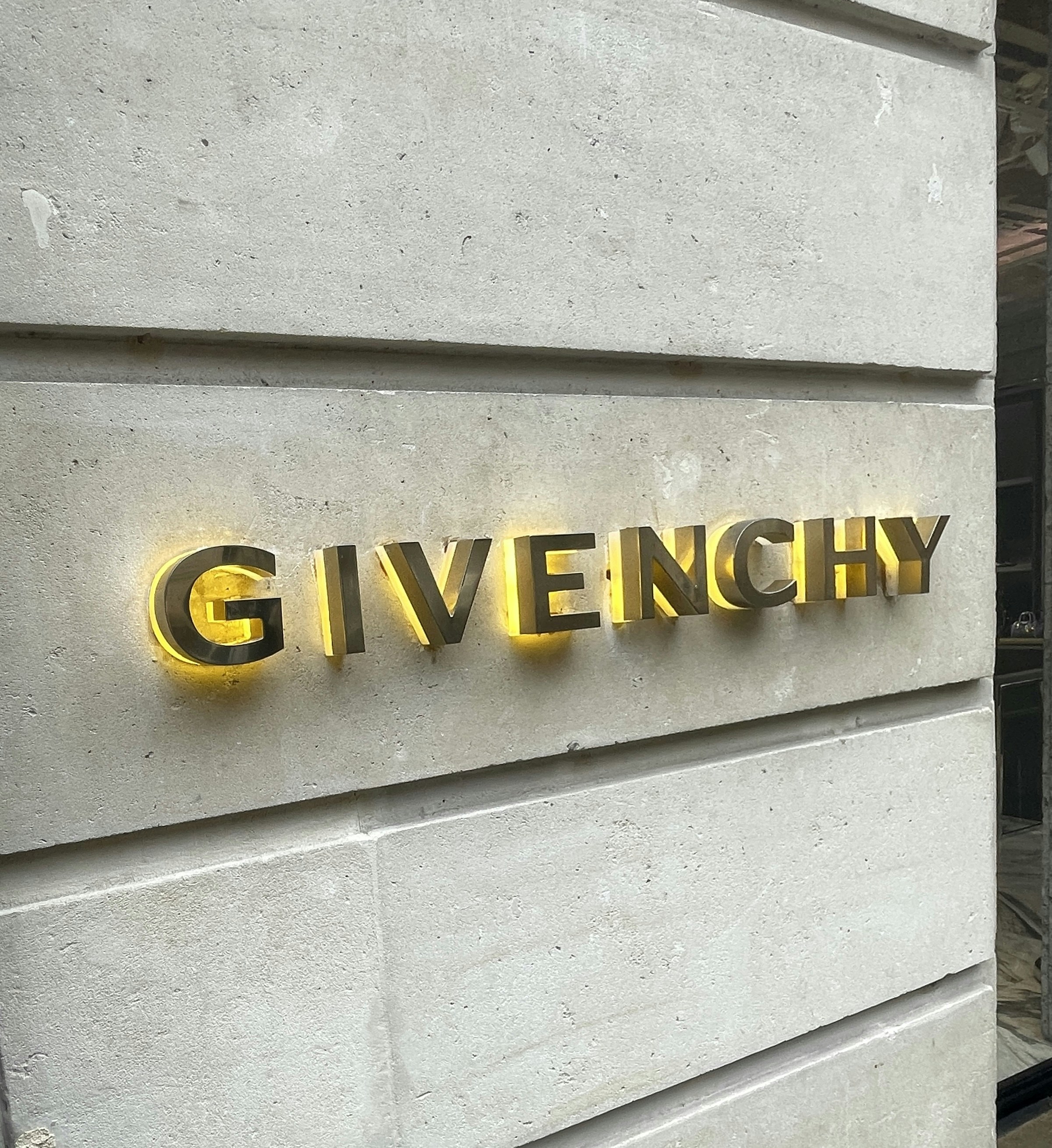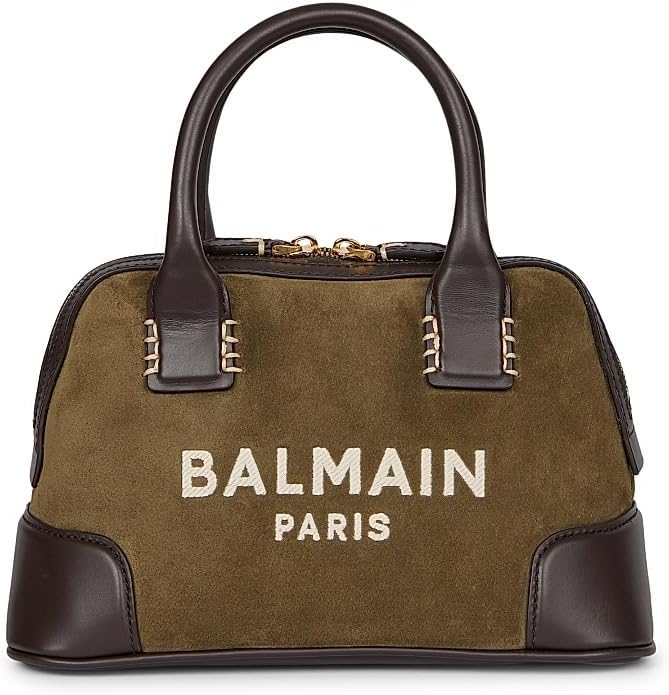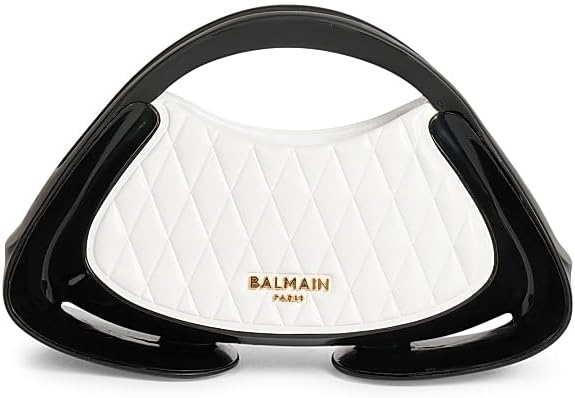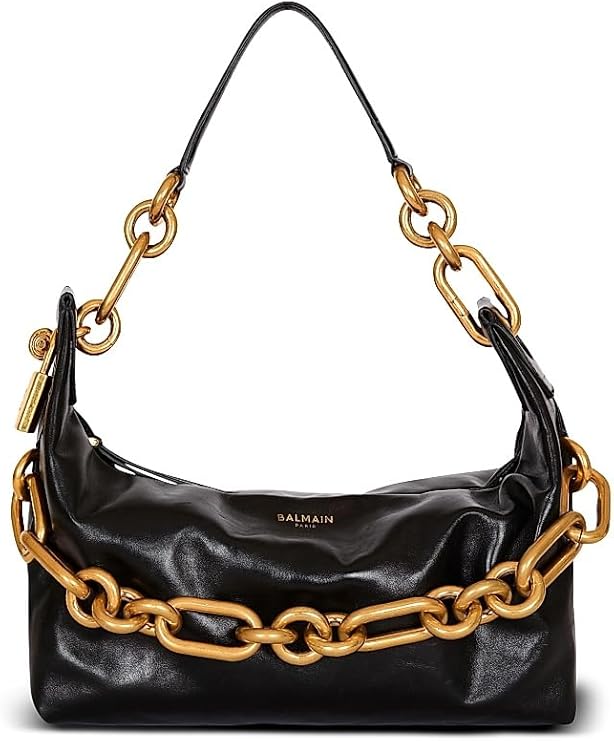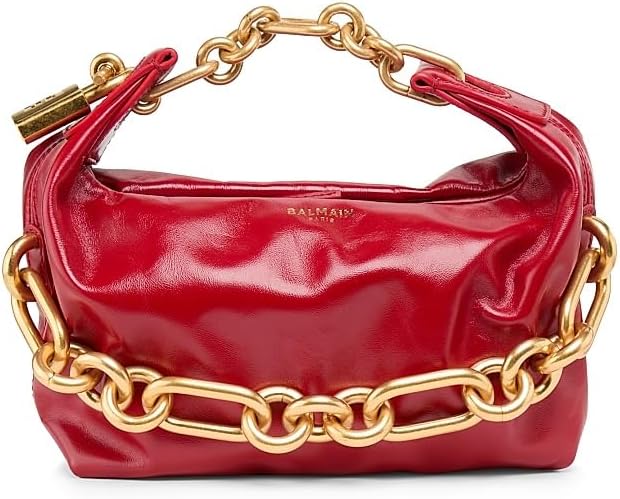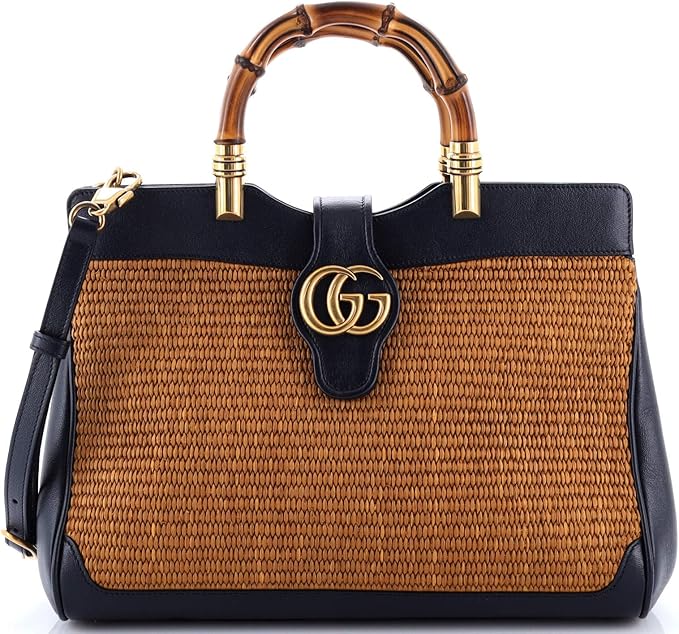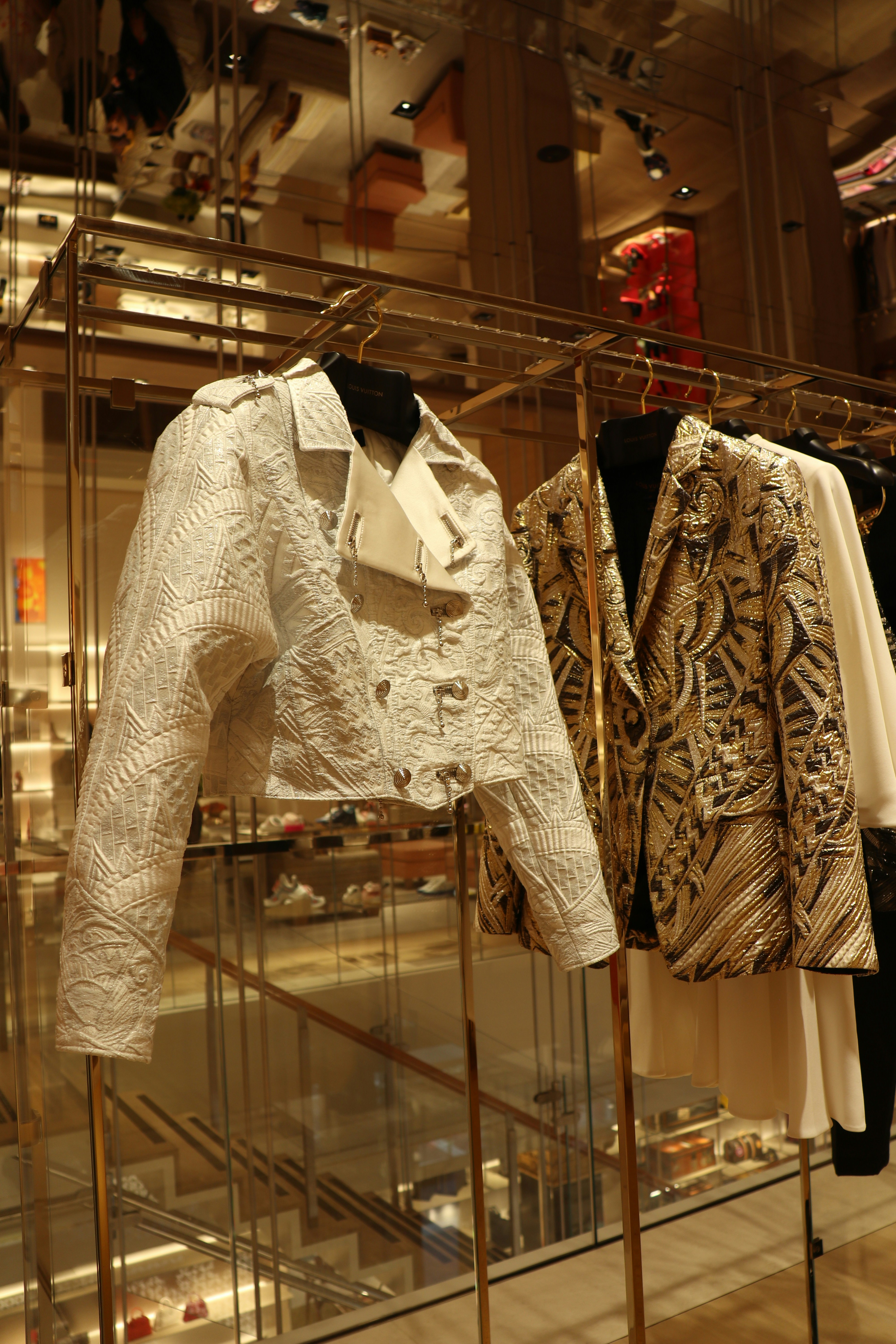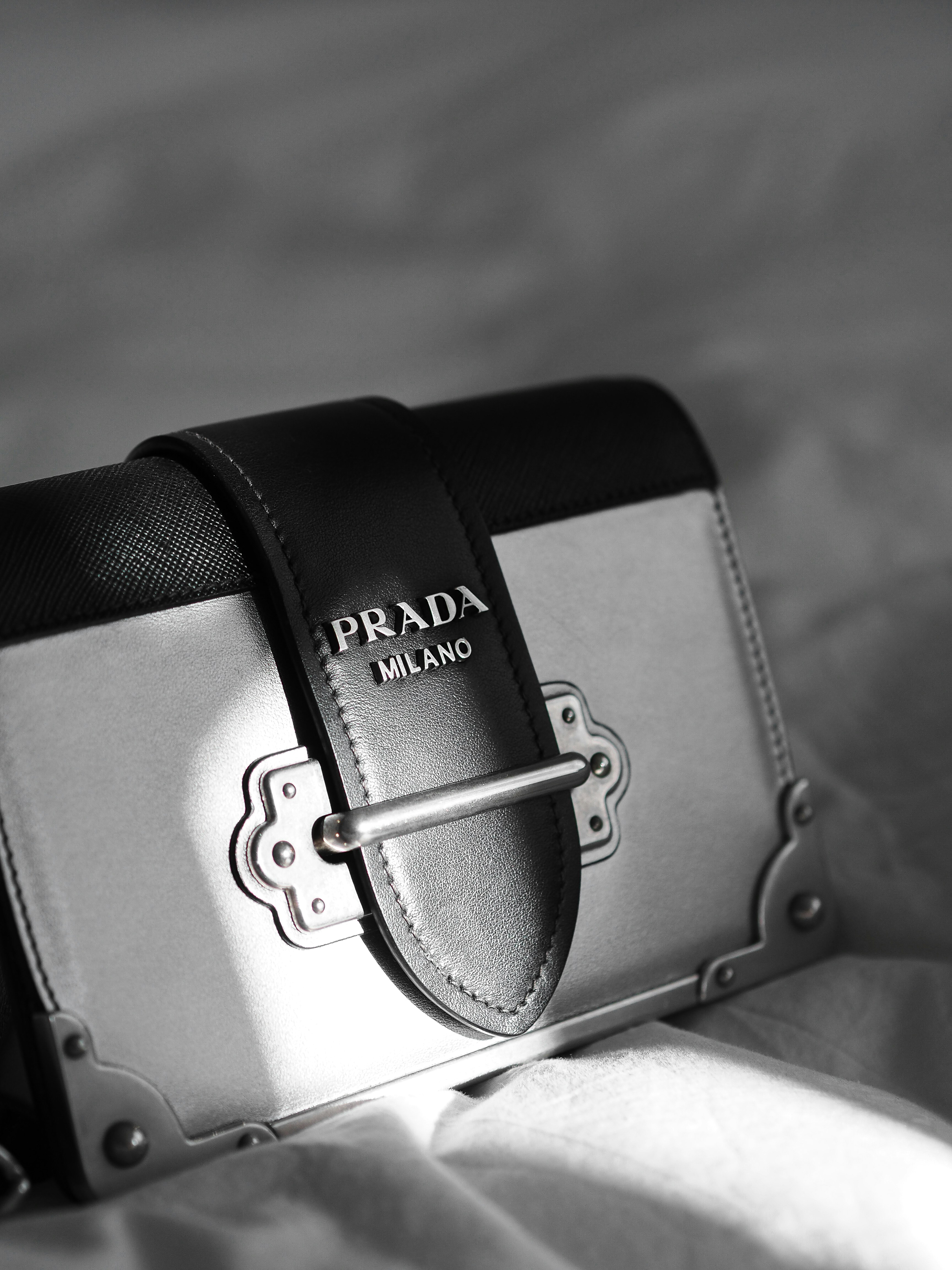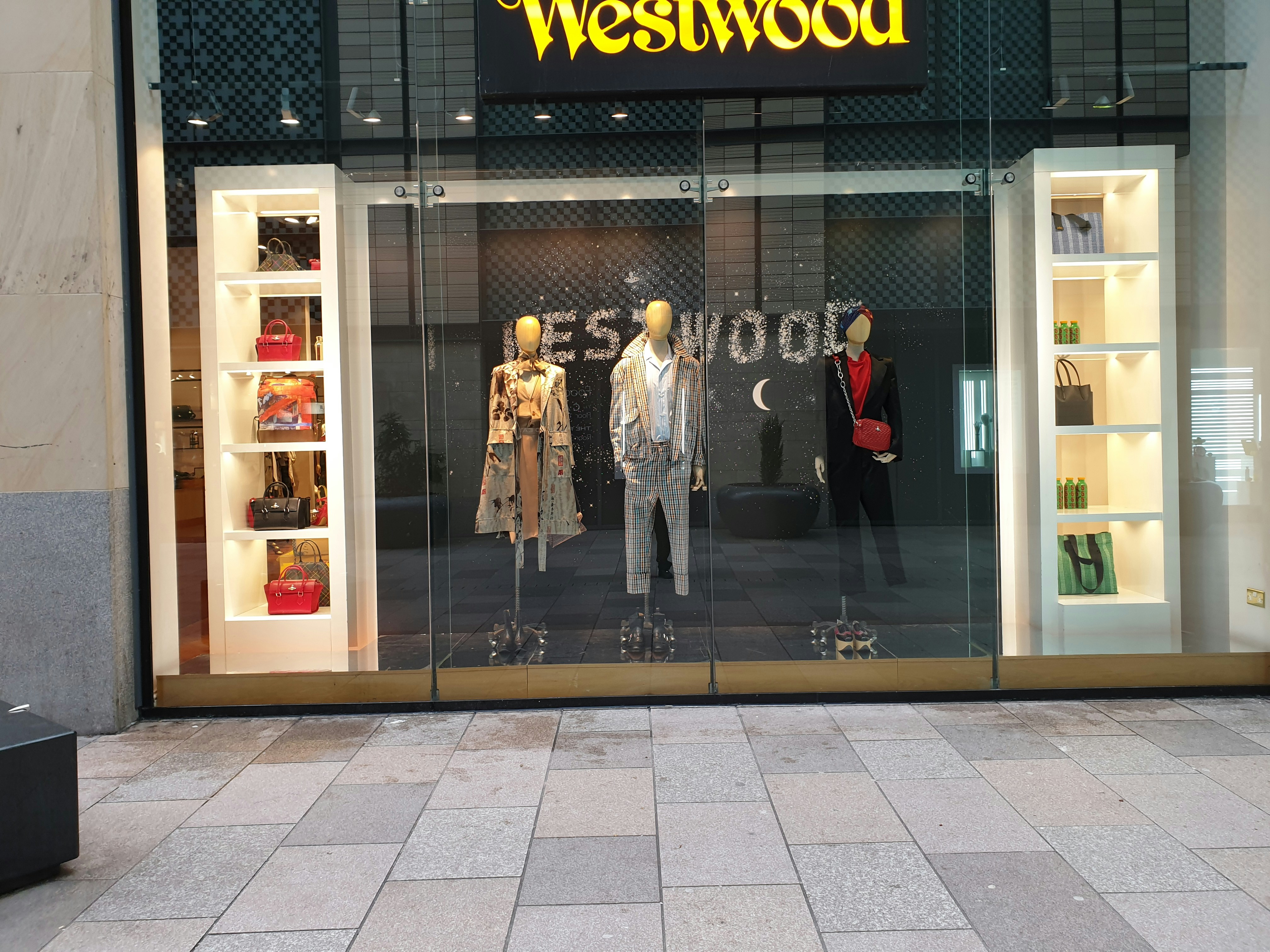In 1952, Hubert de Givenchy established a fashion house that would soon become synonymous with elegance and innovation in haute couture. Nestled in the heart of Paris, Givenchy was conceived as a celebration of refined French artistry, setting a new benchmark in the luxury fashion industry. Givenchy’s creations were characterized by their graceful silhouettes and meticulous craftsmanship, reflecting the designer’s vision of sophistication and modernity.
From the outset, Hubert de Givenchy sought to redefine women’s fashion, producing garments that were not only exquisitely designed but also eminently wearable. His unique talents were exhibited in his very first collection, which debuted at the historical atelier on the Rue de Grenelle. Among the notable pieces was the iconic “Bettina blouse,” which epitomized his talent for marrying femininity with boldness, an approach that transformed women’s wardrobes around the globe.
Givenchy quickly gained recognition, thanks in part to the patronage of influential figures such as American actress Audrey Hepburn. Their partnership became pivotal; Hepburn was captivated by Givenchy’s designs, famously wearing his creations in numerous films, including “Breakfast at Tiffany’s.” This powerful alliance not only catapulted the brand into the public eye but also solidified Givenchy’s reputation as a leading name in haute couture—a label that embraced contemporary elegance while respecting timeless traditions.
As Givenchy’s reputation grew, the fashion house continued to innovate, unveiling collections that pushed boundaries and showcased a perfect blend of classic techniques with modern aesthetics. Each crafted piece was emblematic of the Parisian ethos of luxury and sophistication, establishing Givenchy as a key player in the competitive fashion landscape of the 20th century. This marked the beginning of an illustrious journey for Givenchy, forging a legacy that would influence generations to come.
Iconic Designs and Influences: Audrey Hepburn and Beyond
Givenchy, the distinguished fashion house founded by Hubert de Givenchy in 1952, has long been recognized for its luxurious designs and timeless elegance. Among its most notable influences is actress Audrey Hepburn, whose collaboration with the brand not only elevated Givenchy’s status in the fashion world but also redefined modern femininity. Hepburn became a muse for Givenchy, epitomizing grace and sophistication through her iconic looks. One of the most memorable moments in their partnership occurred in the 1961 film “Breakfast at Tiffany’s,” where Hepburn donned the now legendary little black dress, a piece that would forever change the fashion landscape.
This particular dress showcased Givenchy’s signature style, marked by clean lines and exquisite tailoring, while simultaneously embodying Hepburn’s effortless elegance. The dress quickly became a symbol of chic sophistication and solidified the role of black as a staple in women’s fashion. The profound impact of Hepburn on Givenchy cannot be overstated; her ability to transcend fashion trends and cultivate a personal style made her the ideal representation of the brand’s values.
Beyond Hepburn, numerous celebrities and fashion icons have embraced Givenchy’s designs, further entrenching the brand’s reputation for elegance. Figures such as Jacqueline Kennedy Onassis, Grace Kelly, and more recently, stars like Lupita Nyong’o and Zendaya have adorned themselves in Givenchy, reinforcing its status as a premier luxury label. Each of these individuals has brought their unique flair to the couture stage, allowing Givenchy to evolve while maintaining its core aesthetic. This interplay between Givenchy and influential figures in entertainment creates a rich tapestry of fashion history, illustrating how the brand has consistently captured the essence of elegance and sophistication throughout its legacy.
The Art of Tailoring: Hubert de Givenchy’s Signature Style
The foundation of Givenchy’s haute couture reputation rests significantly on Hubert de Givenchy’s exceptional tailoring techniques. Known for his meticulous attention to detail, Givenchy brought a distinctive aesthetic to Parisian fashion that celebrated elegance and refinement without compromising comfort. His approach to tailoring was revolutionary, intertwining the art of traditional craftsmanship with modern sensibilities.
A hallmark aspect of Givenchy’s designs is his exquisite choice of fabrics. He carefully selected textiles that not only elevated the visual appeal of his garments but also enhanced their drape and fit. Luxurious fabrics such as silk, wool, and cotton served as the canvas for his artistry, allowing each piece to move gracefully with the body. This emphasis on material selection ensured that garments were not only beautiful but also practical, catering to the dynamic lifestyles of contemporary women.
The silhouettes crafted by Givenchy also played a critical role in expressing his signature style. His designs often featured clean lines and structured forms that embraced the female figure while maintaining an air of sophistication. From the famed “little black dress” to elegantly tailored jackets, Givenchy’s silhouettes were designed to accentuate womanly curves, allowing for a flattering fit that imbued confidence in the wearer. The way he manipulated proportions contributed to an overall aesthetic that was both chic and accessible.
Furthermore, Givenchy’s talent for combining innovative techniques with a touch of classic refinement set him apart from his contemporaries. His tailoring was characterized by precision in construction, where every stitch and seam was purposeful, contributing to garments that not only looked exquisite but also stood the test of time. Through these dedicated practices, Hubert de Givenchy established a legacy that continues to influence fashion today, demonstrating that the art of tailoring is essential in creating pieces that resonate with elegance and sophistication.
Givenchy’s Place in the Fashion World Today
Today, Givenchy stands as a prominent entity within the luxury fashion landscape, firmly positioned under the stewardship of LVMH, the world’s leading luxury goods conglomerate. Since its acquisition in 1988, Givenchy has evolved significantly, both in terms of its creative direction and marketing strategies. This evolution reflects a harmonious blend of honoring the brand’s rich heritage and embracing contemporary fashion trends, ensuring its relevance in an ever-changing marketplace.
The brand’s current designers have been pivotal in revitalizing Givenchy. Their approach has involved a strategic focus on integrating modern aesthetics with the classical elegance synonymous with the label. This synthesis is evident in recent collections that have resonated with a broader audience while paying homage to the original vision of Hubert de Givenchy. By introducing innovative designs and leveraging high-quality materials, these contemporary collections embody the spirit of modern luxury while retaining the brand’s iconic signature style.
Givenchy’s marketing strategies further strengthen its position in the fashion industry. The brand has adeptly harnessed digital platforms and social media to engage with a global audience, effectively showcasing its collections and building a strong community of loyal consumers. This approach enables Givenchy to stay in tune with the preferences of today’s fashion enthusiasts, who increasingly seek brands that resonate with their values and lifestyles.
Looking to the future, Givenchy is poised to continue its legacy while exploring new avenues for creative expression. Collaborations with various artists and influencers have begun to shape a new narrative for the brand, allowing it to expand its reach. As Givenchy navigates the complexities of contemporary fashion, it remains committed to embracing innovation while respecting its prestigious heritage, ensuring its place as a timeless symbol of elegance and luxury in the fashion industry.

